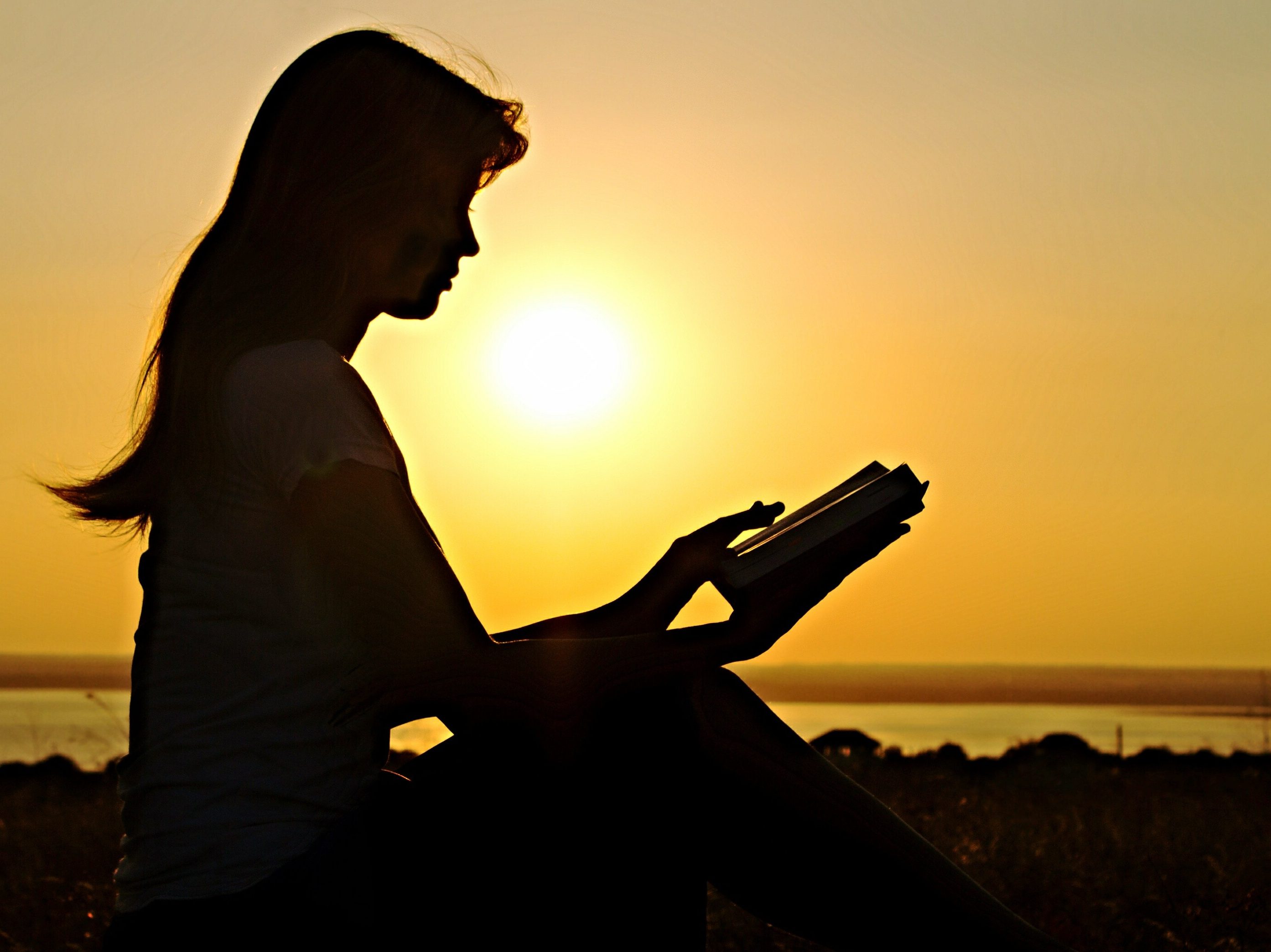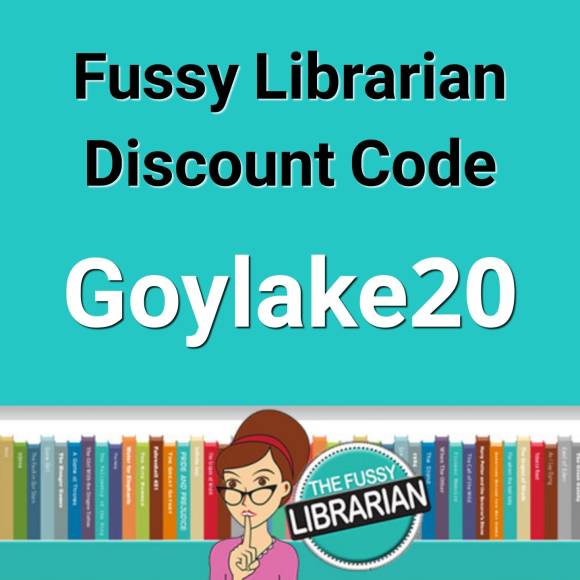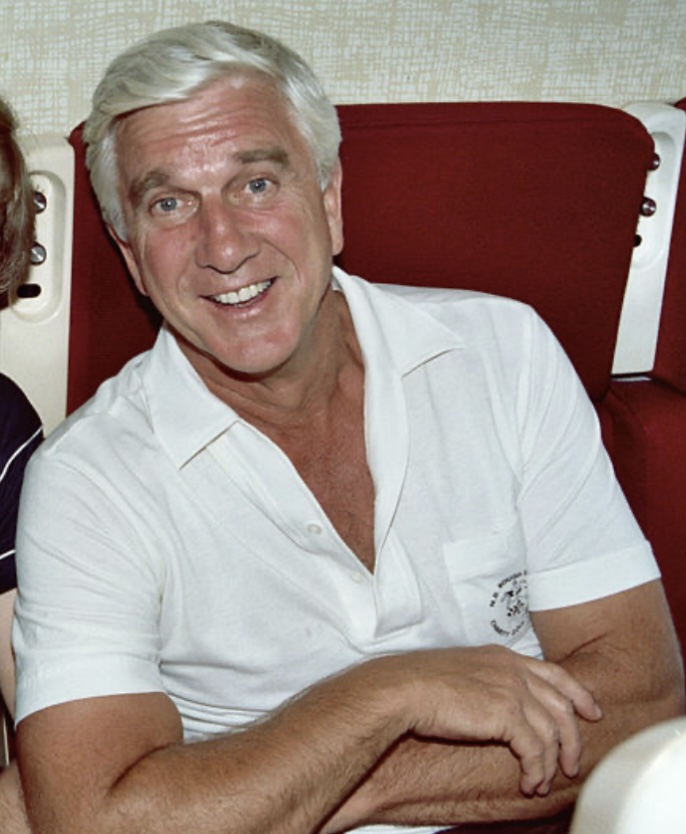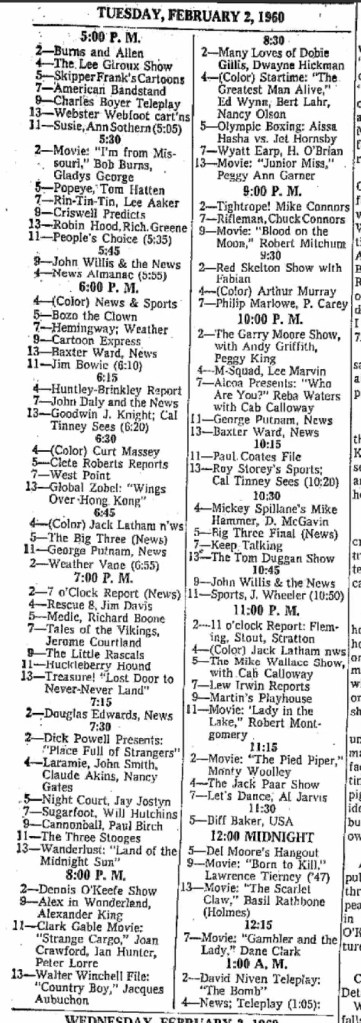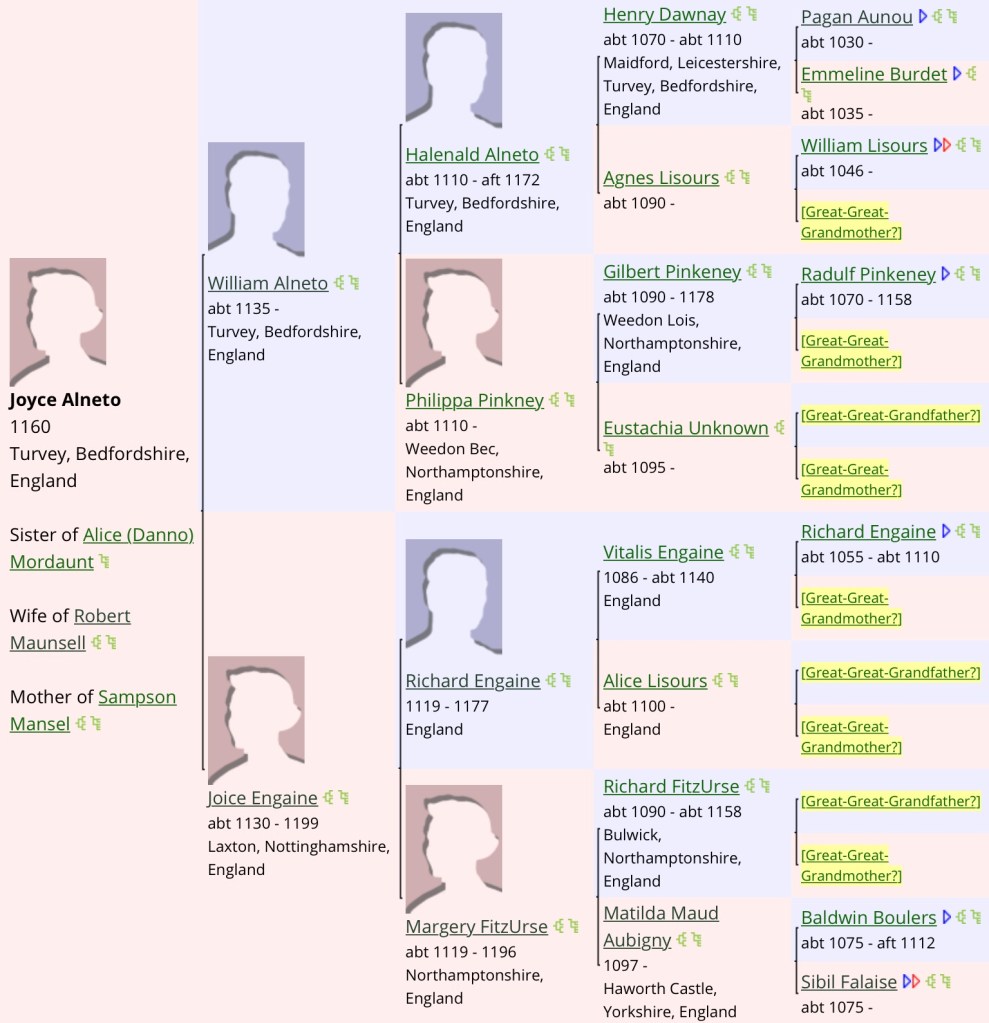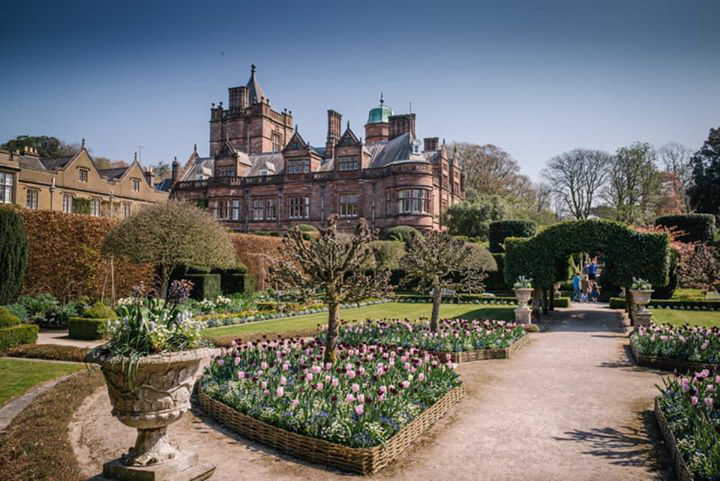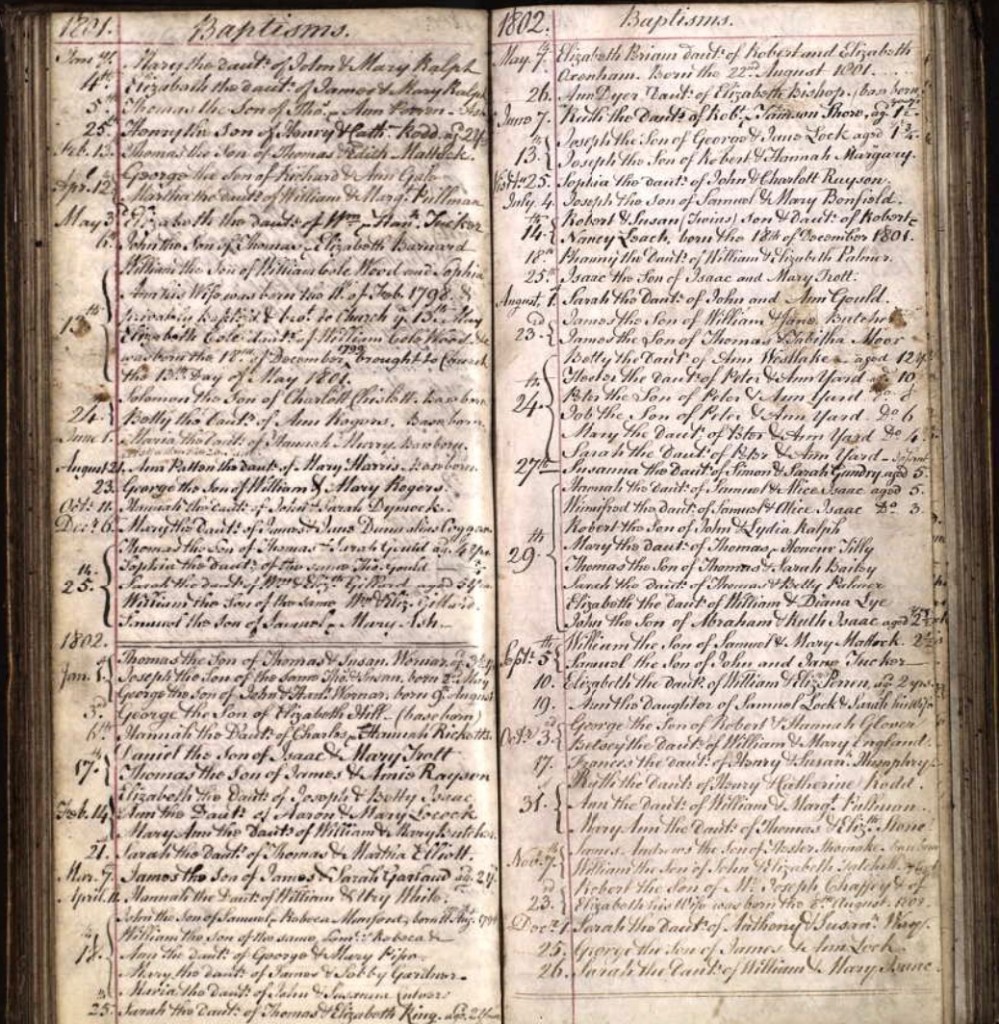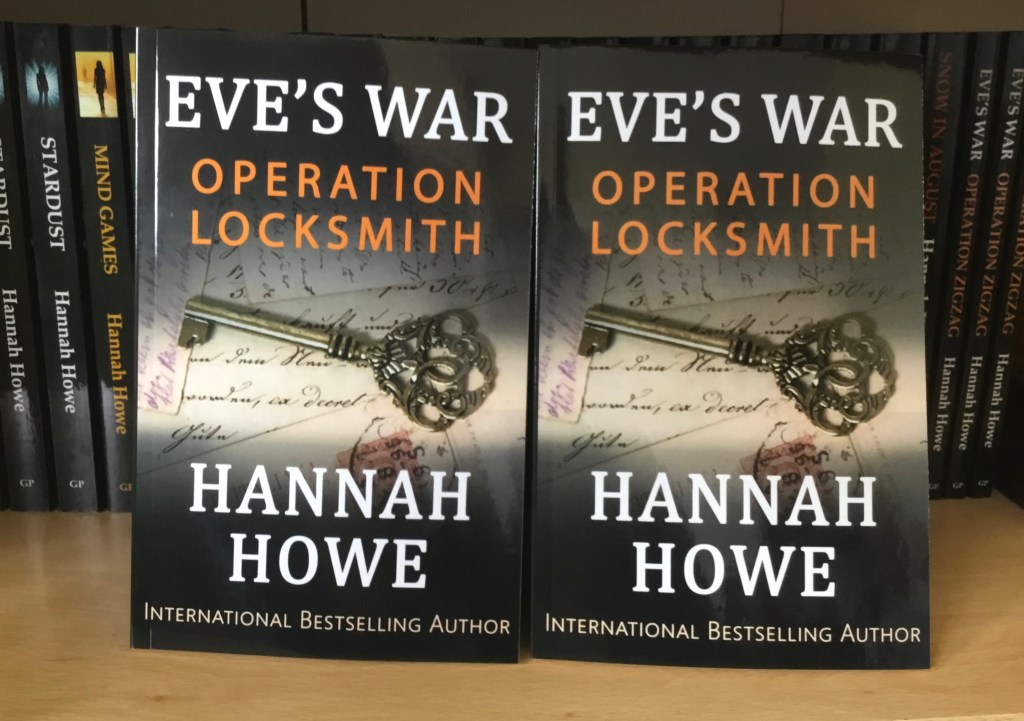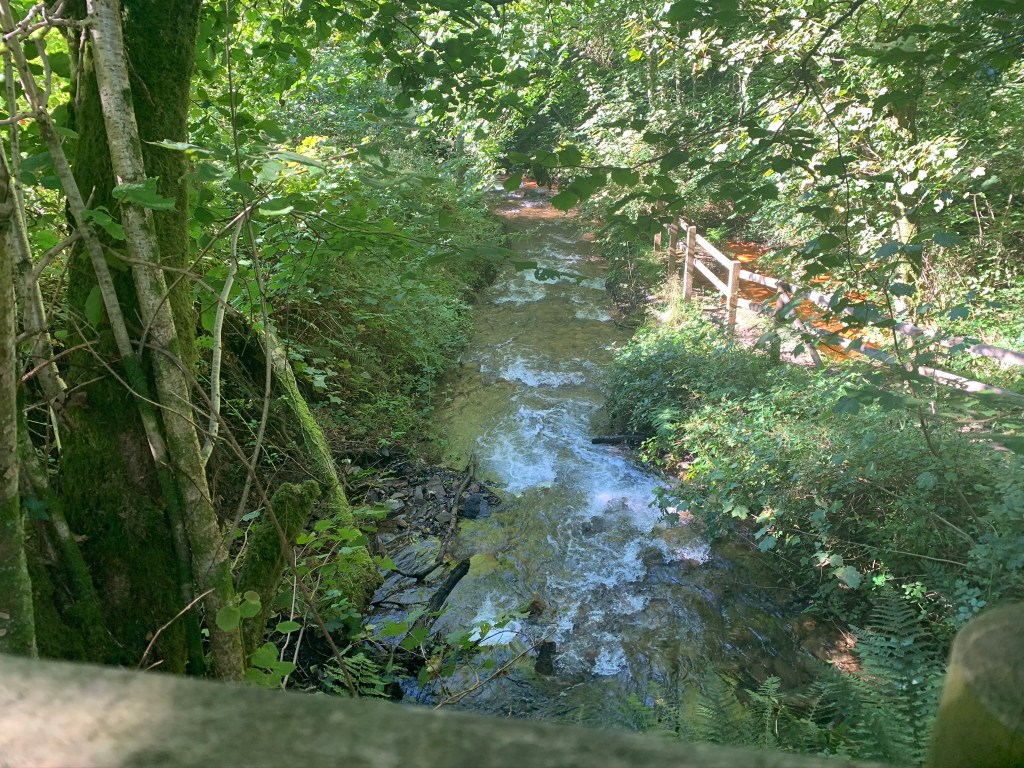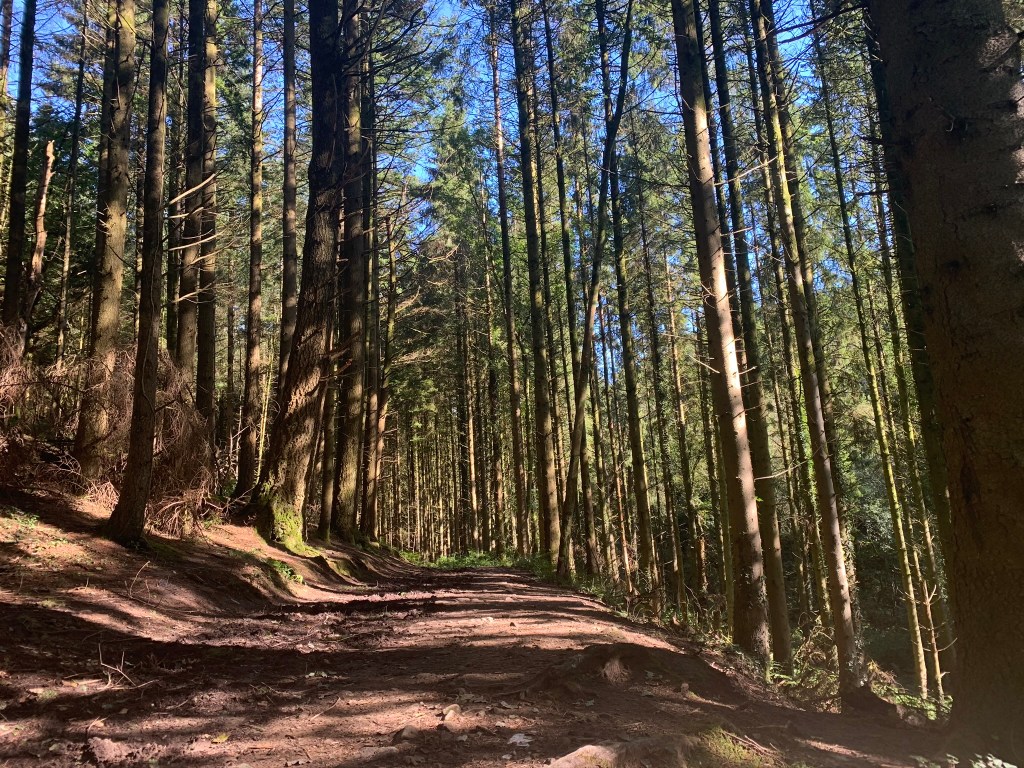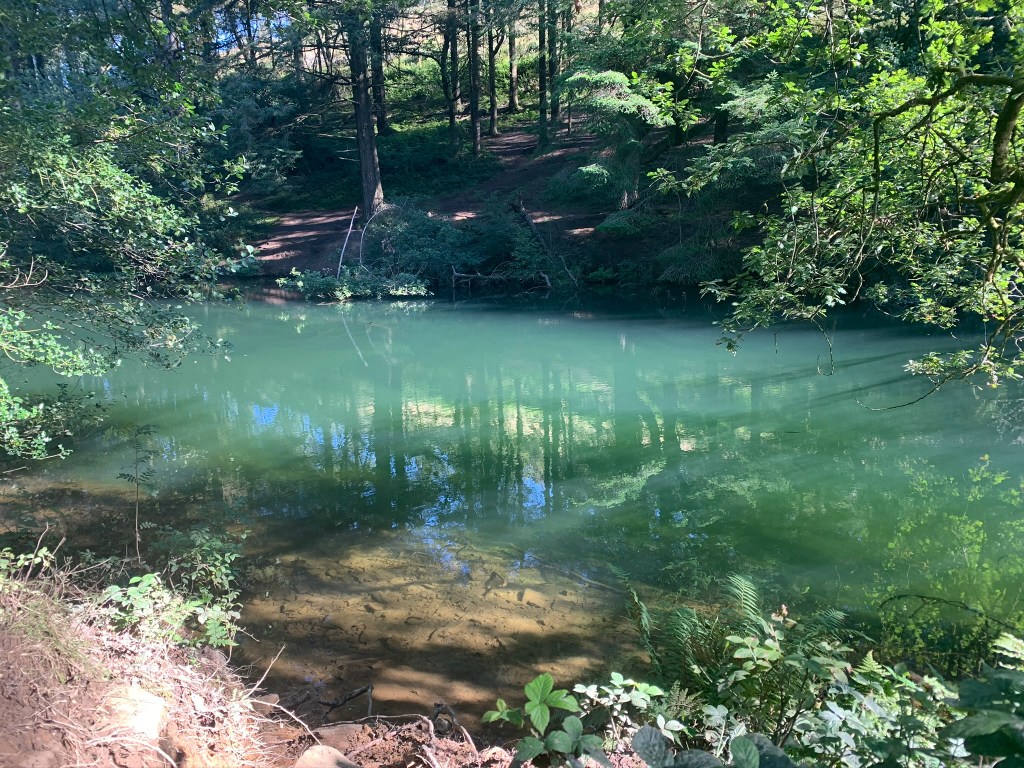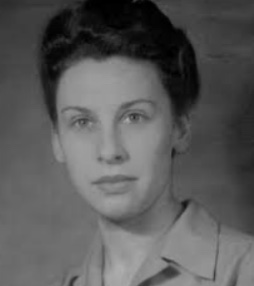Dear Reader,
Tula, my latest audiobook, featuring a wonderful narration by Amelia Mendez.
I never wanted to be a star. I just wanted to act in movies. I just wanted to get away from the impoverished streets of Brooklyn and live in relative comfort.
Now, at the close of the 1920s, I was the biggest name in Hollywood. My movies were the highest grossing in the business. Investors depended on me, producers depended on me, my fellow actors depended on me, and maybe the strain of that dependence triggered my emotional collapse.
Actually, I knew what trigged my emotional collapse—my father’s death. I found myself in an asylum, in the care of Dr. Brooks. Along with my fiancé, fellow actor Gregory Powell, Dr. Brooks was convinced that an underlying issue triggered my collapse, and he wanted me to record my life story, so that he could identify that issue.
Gregory had faith in me. He said he’d wait for me, and that he knew I’d make a full recovery. But to make that recovery, I had to address the underlying issue that had placed me in the asylum.
So, I offer you the notes that I prepared for Dr. Brooks. To the best of my ability and memory, I recorded the important events that made up the first 25 years of my life. And within these notes, I discovered the true reason for my emotional breakdown.
https://www.amazon.com/Audible-Tula-Golden-Age-Hollywood/dp/B0CN1PT2ZN/
My latest translation, the Dutch version of Operation Overlord, Eve’s War Heroines of SOE book nine.
From The World Film Encyclopaedia, 1933, a map of Hollywood movie studios and notable landmarks.
I’m delving into 1948, researching material for two novels scheduled for 2024 – Eve’s Peace, a sequel to my Eve’s War Heroines of SOE series, and Dana, book three in my Golden Age of Hollywood series.
On January 7, 1948, 25-year-old Captain Thomas F. Mantell died when his P-51 Mustang fighter chased a UFO. Due to Mantell’s death, this incident marked a sharp shift in both public and governmental perceptions of UFOs. Now they were seen as not only extraterrestrial, but potentially hostile as well.
The Treasure of the Sierra Madre was released in January 1948. The movie contained a number of scenes shot on location outside the United States – in the state of Durango with street scenes in Tampico, Mexico – which wasn’t common at that time.
Sue Carol and George O’Brien in The Lone Star Ranger, 1930. Sue Carol was a friend of Virgina Cherrill, who made City Lights with Charlie Chaplin. Later, Sue Carol became an agent and promoted Alan Ladd to stardom. Reader, she also married him.
The Film Daily’s annual critics poll of 1930 produced the following result:
- All Quiet on the Western Front 271 votes
- Abraham Lincoln 167
- Holiday 166
- Journey’s End 151
- = Anna Christie 141, The Big House 141
The votes were cast by 333 American film critics.
Columbo
Pilot Episode #2: “Ransom For a Dead Man”. This episode featured Lee Grant as the murderer. Lee Grant is a highly gifted and award-winning actress who was blacklisted for twelve years during the McCarthy period.
“Because Eddie Dmytryk named her husband, Lee Grant was blacklisted before her film career even had a chance to begin. Of course, she refused to testify about the man to whom she was married, and it took years before anyone would hire her for another picture.” – Kirk Douglas.
A Hollywood Murder
I’m pausing my investigation here while I pull together the various threads of the story. I reckon one of Charlotte Shelby, Carl Stockdale, or Mary Miles Minter murdered movie director William Desmond Taylor in February 1922, but which one? I will let you know when I find out…

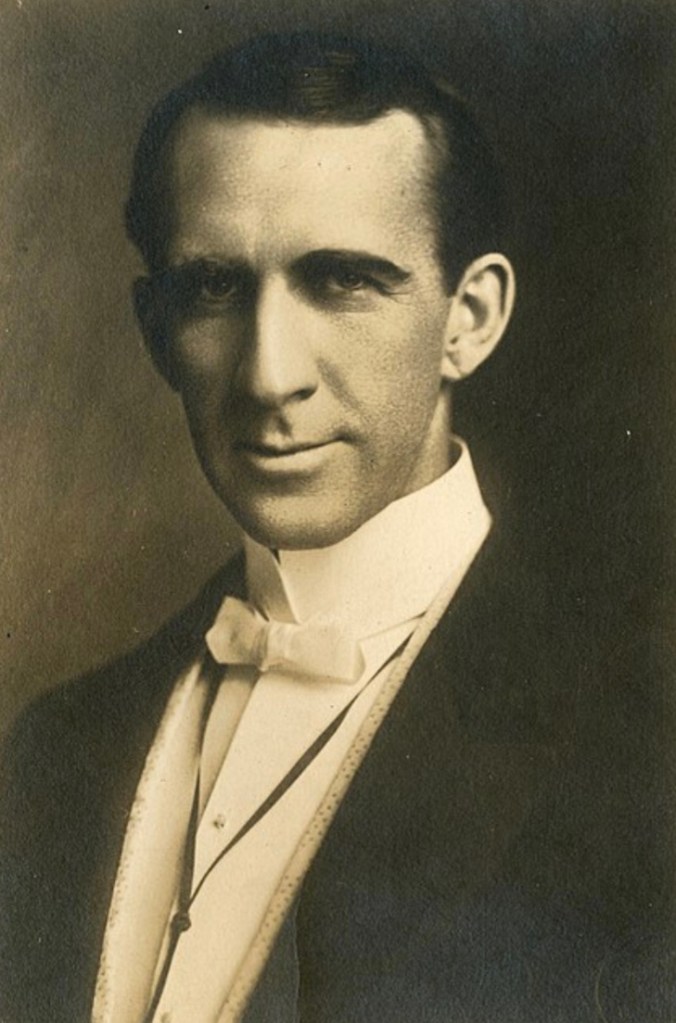

I’m researching my family in 1921, starting with my ancestor Annie Noulton (1881 – 1963). In 1921, Annie was a widow. Her husband, Albert Charles Bick, died at the Battle of Loos, 25 September 1915 when the idiotic generals, using gas on the battlefield for the first time, gassed their own men.
Annie and her seven children, five girls and two boys, lived in four rooms at 19 Springfield Place, Lambeth. The national demographics for 1921: 47.8% male, 52.2% female. In Lambeth: 46.6% male, 53.4% female. The carnage of the First World War obviously impacted on those figures.
📜 Annie’s signature
May 1925, a taxi driver, a neighbour of my ancestor Annie Noulton, fined for reckless driving at 15mph.
Looking at the records and seeing my ancestor, First World War widow Annie Noulton, working as an office cleaner to provide for her five daughters and two sons, and I’m taken by how hard her life was. Yet, her mother, also known as Annie, but born Nancy (it’s a long story) lived on one of the poorest streets in London, so war widow Annie was actually moving her family forward in her own quiet way. Indeed, according to Charles Booth’s poverty map, she was living in a “fairly comfortable” – “well-to-do” neighbourhood – circled in yellow.
Social media https://toot.wales/@HannahHowe
As ever, thank you for your interest and support.
Hannah xxx
For Authors
#1 for value with 565,000 readers, The Fussy Librarian has helped my books to reach #1 on 38 occasions.
A special offer from my publisher and the Fussy Librarian. https://authors.thefussylibrarian.com/?ref=goylake
Don’t forget to use the code goylake20 to claim your discount 🙂
